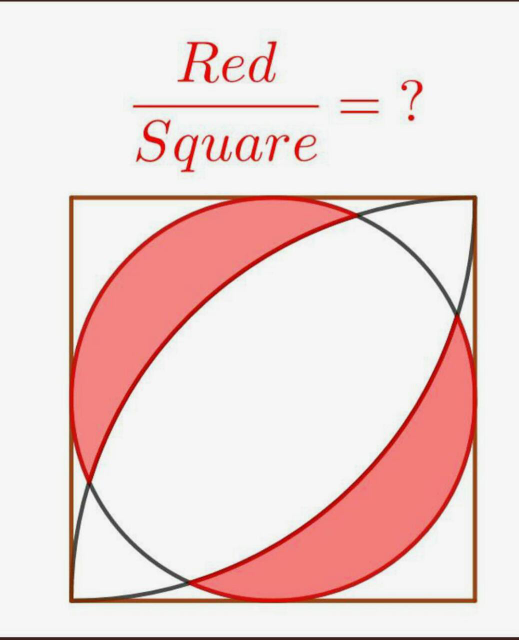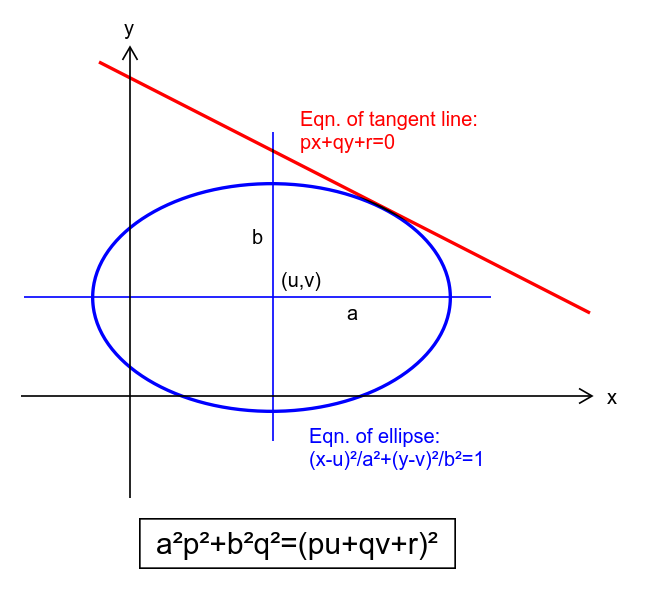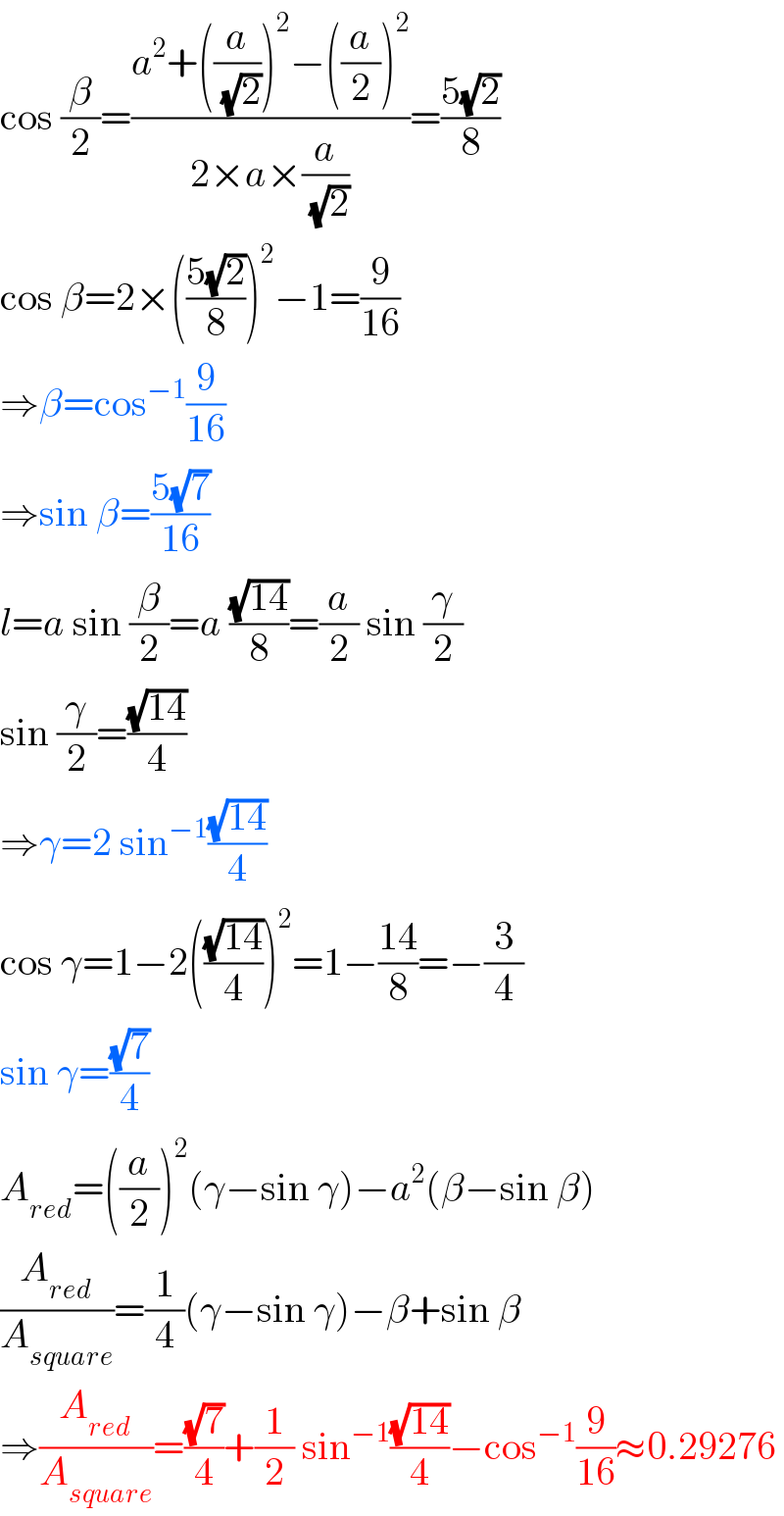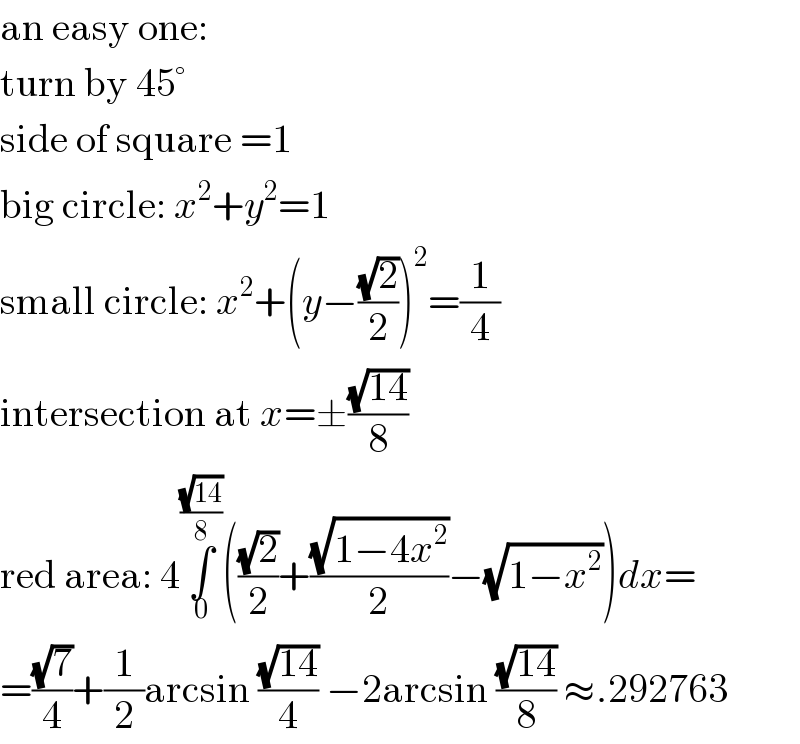
Question and Answers Forum
Question Number 56051 by naka3546 last updated on 09/Mar/19

Answered by mr W last updated on 09/Mar/19

Commented by mr W last updated on 10/Mar/19

Answered by MJS last updated on 09/Mar/19

| ||
Question and Answers Forum | ||
Question Number 56051 by naka3546 last updated on 09/Mar/19 | ||
 | ||
Answered by mr W last updated on 09/Mar/19 | ||
 | ||
Commented by mr W last updated on 10/Mar/19 | ||
 | ||
Answered by MJS last updated on 09/Mar/19 | ||
 | ||
| ||